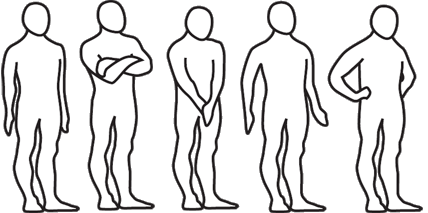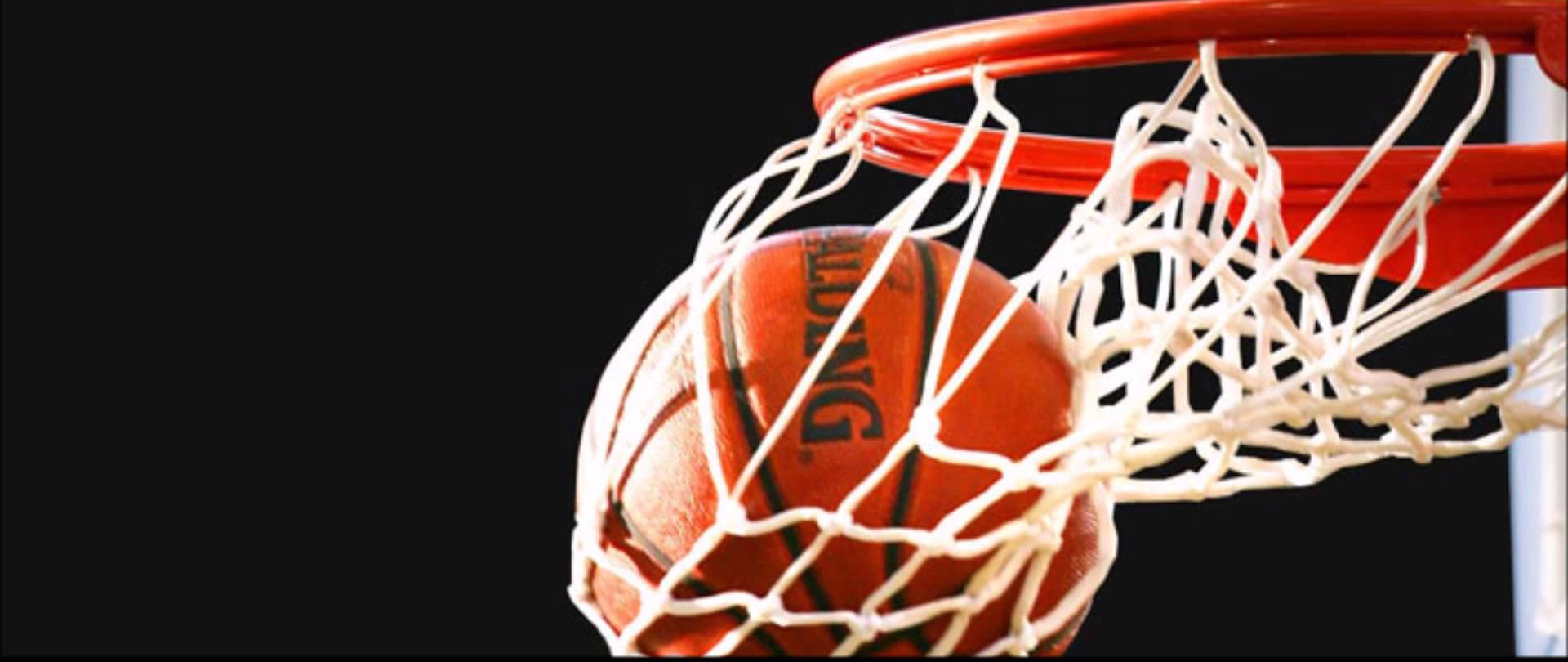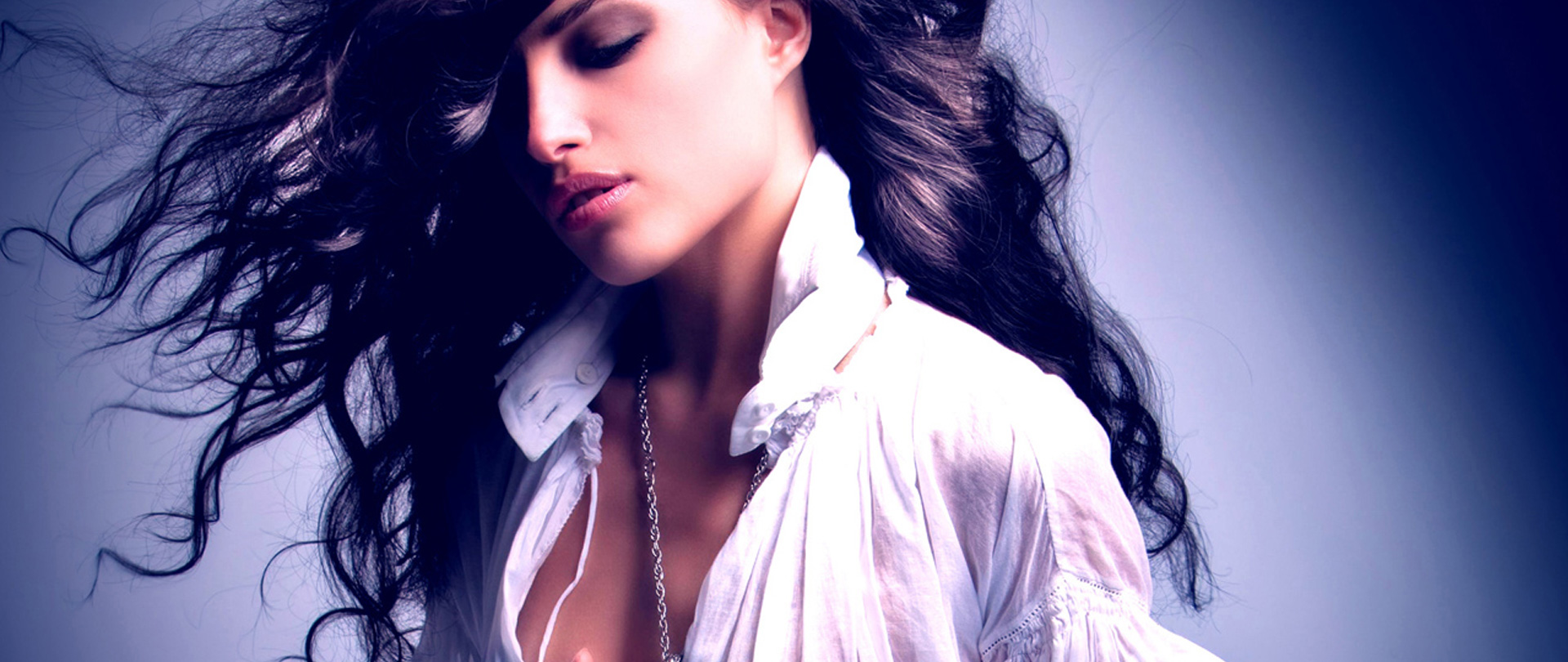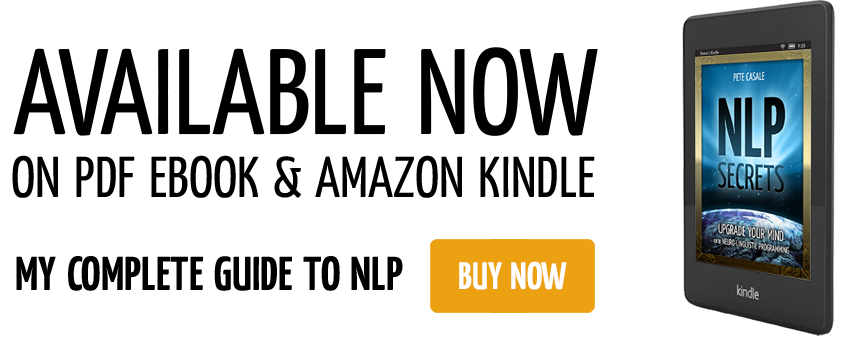 Rapport is important in life. If I had only one interpersonal skill in an otherwise dull, boring personality, that skill would be rapport. No question about it. Rapport is that feeling you get when you look at someone and instantly think "I will get on well with this person." Rapport is what bonds us.
Rapport is important in life. If I had only one interpersonal skill in an otherwise dull, boring personality, that skill would be rapport. No question about it. Rapport is that feeling you get when you look at someone and instantly think "I will get on well with this person." Rapport is what bonds us.
Rapport (pronounced "ra-Pore") is often a difficult concept to grasp. If you want an example of rapport, look at this man's face. It's the movie star Jackie Chan, sure, but ignore that for a second. Pretend you've never seen him before. Go on, stare at his face for ten seconds. What do you think he's like, as a person? Do you think you'd get on with him? Try to guess, from looking at his face, if he's a nice guy.
Chances are, you will think he's a nice guy. Very approachable. Look at his head, how he carries it in a humble, slightly-downward angle, yet the slight tilt shows warmth and kindness. His smile is mostly with his eyes, and he shows his teeth which tells us he's genuine. These, so subtle mannerisms help make up the concept of rapport, which can be your most powerful, formiddable weapon. Why? It doesn't make a stranger think they like you, no. It makes a stranger actually like you. When people like you, they want to help you, give you business, introduce you to friends, spend more time with you, buy you lovely extravagant hats, and cook you delicious dinners.
So what's happening in brain when rapport occurs?
When we see a nice smiling face, many things occur.
| First the occipital lobes process the light that comes in into a recognisable picture that our brain can understand. It then sends this picture to the thalamus. | |
| The thalamus takes the picture and shoots it over to the frontal lobes where we become conscious of the image. However, it also sends the information to many other places, such as the basal ganglia. | |
| The basal ganglia interprets the face and makes unconscious "tags" - for example, the teeth being shown in the smile is "tagged" as a boosted emotion. At the same time, the rising of various facial muscles are each tagged as pleasure, happiness, enjoyment, and so on. This information is shot back into the thalamus which (among other things) compares the information with some of that stored in the rest of the limbic system. | |
| The limbic system, hard at work, constructs these various tags into a mixture of various emotions, in this case, pleasure. | |
| The amygdala generates a mild sympathetic emotion of pleasure. If it wasn't for this function of being able to "feel other people's feelings", we would be unable to truly tell how other people were feeling. |
So in essence, what is happening is when a person who we perceive to be "happy to see us" approaches, our unconscious mind is generating a genuine "happy to see them" feeling. Quite often, however, our super-awesome frontal lobes decide not to show it back. Thus the cycle ends. It feels good to us but the person has no feedback. If we do show the feedback of being happy to see someone, it builds up and they get the feeling of "happy to see us". It's a genuine upward spiral of pleasure, until one of us decides to stop showing it. This mutual pleasure is the essence of rapport.
What factors help me build rapport?
It's not just your facial expression, although that's part of it. It seems a bit mechanical to build a list of factors that contribute to rapport, but I've never let that stop me before, so here it is. With some practice, you can "set" these factors on "rapport" mode, if that makes sense? In my mind, I like to set my face to "Rapport" to create what I call "Rapport Facial Expression." You can do this with all the factors, which I've outlined below.
Rapport Facial Expression
Facial expression should be non-threatening, and certainly not dominant or smug. Confidence should be shown, but there should be no hint of judgement. In your mind you should say "I'm pleased to be here, I'm pleased to meet you and everyone, I accept you all for who you are." This should unconsciously reflect in your facial expression. Smile genuinely at people when they approach, you should be genuinely pleased to see them.
 |
 |
Above, two men wearing suits, smiling. They are both facing slightly to our right, and both smiling with thier eyes. Yet one is giving off vastly different rapport facial signals than the other. If you were to meet these men for the first time, which of these men would you get along with better?
Rapport Clothing
Clothing should not be too tight or show-offish. For maximum rapport, don't wear muscle tops, revealing dresses, or anything to "peacock" in a dominant manner. (Peacocking means drawing attention to yourself). If you do want to peacock, then wear something humourous or odd, such as a bright red shirt and an unusual hat. If you're dead-set on showing off your body, then do so in the most subtle possible way you can allow yourself. The key is to look non-threatening.
Rapport Stance
Stance should be alert, and confident, with open gestures. Do not put your hands on your hips or fold your arms. Don't be afraid to shake hands with everyone you meet. If you have terrible sweaty hands, hold a napkin or spare shirt or something in your right hand. People won't question it. When it comes time to shaking hands, swap the absorbent item into your left hand and your right hand should still be dry by the time you shake hands. Do not press your knees or feet together, as this is a defensive posture.

You can tell a lot about someone just from watching their posture. Above, there are five examples of posture. The legs are identical, all that changes is the positions of the arms, shoulders and angle of the head. Can you tell which picture matches which description?
- Ashamed, shy, not confident
- Alert, confident, perhaps even aggressively so
- Neutral, non-threatening
- Disappointed, bored, uninterested
- Defensive, threatening, challenging
Rapport Communication
Communication is where it gets very complicated. Given that there are millions of different things you can say, mixed with millions of subtley different gestures and voice tones, you have almost countless options on how to communicate verbally. Because each situation is different, there is no one "right thing to say" that is always right across the board.
When talking to a someone for the first time, you must cold read their mood, sense of humour, sense of urgency and level of comfortability, amongst many other things. You can do that by looking at the three factors as listed above, facial expression, clothing and stance.
When it comes to rapport, and learning rapport in detail, this is only the tip of the iceberg. In further articles, I discuss many rapport techniques and tricks you can accomplish, and cement using NLP.

NLP Technique: Swish
Swish, also known as Swish Pattern, is an NLP technique that is very useful for replacing an unfavourable emotion or behaviour with a more useful one. With a little bit of creativity, Swish can be used to do a lot of useful things, such as make going to the gym more fun or making foods that are good for you taste better.

NLP Seduction
NLP Seduction is an entire art on its own. If you have a thorough understanding of NLP, seduction is a straightforward process. Some suggest that using NLP for seduction is unethical, and that we shouldn't use "mind control" for seduction, but I strongly disagree. Everyone who attempts seduction is using some form of mind control whether they know it or not. Buying flowers, wearing cologne, even having dinner with someone has far deeper psychological connections than you may expect, and are forms of mind control.

Upgrade Your Mind with NLP Secrets. Boost Confidence. Beat Anxiety. Quit Addictions. Build Rapport.